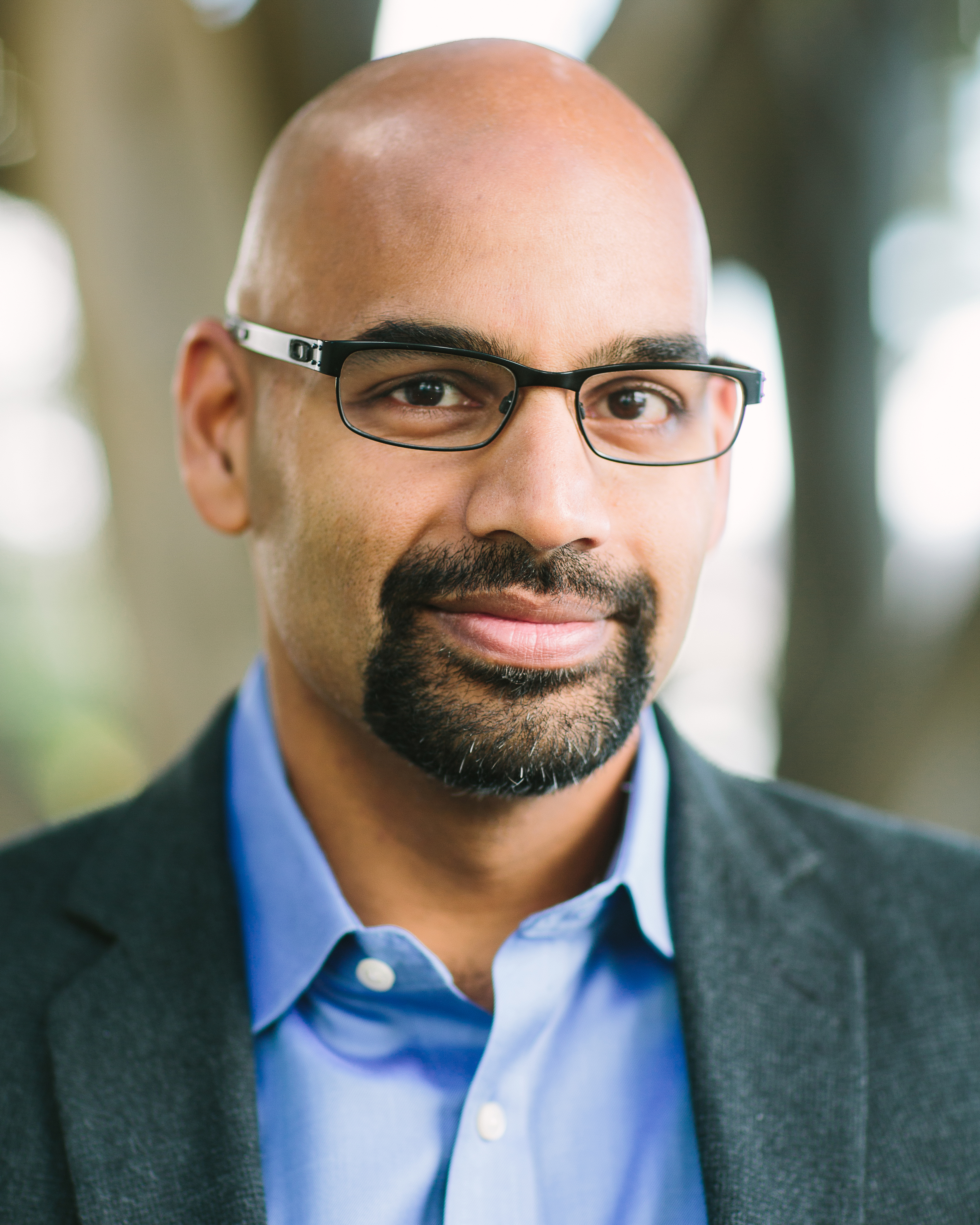
People to Watch 2017
Justin Langseth
CEO
Zoomdata
 One of the shortcomings in traditional BI and visualization tools is the inability to deal with live or streaming data. Justin Langseth came up with a novel way to address that gap with the Zoomdatatool and its patented “data sharpening” method.
One of the shortcomings in traditional BI and visualization tools is the inability to deal with live or streaming data. Justin Langseth came up with a novel way to address that gap with the Zoomdatatool and its patented “data sharpening” method.
Datanami: Hi Justin. Congratulations on being named a Datanami Person to Watch in 2017! With streaming analytics becoming a must-have for successful enterprise, “data sharpening” offers a unique solution for organizations struggling to unearth real-time and big data insights. What led you to this idea, and how do you see it fitting into the future of business intelligence?
Justin Langseth: At Zoomdata, we figured out a way to stream process the results of a query back from the original data source and display the results in a sketch view that gets sharper as more data is processed.
Compare that notion to watching the first few seconds of a streaming movie. Users start to see results immediately and get a good sense of what’s going on, and a short time later they see it all. We patented that idea for big data and called it data sharpening. It is how we bridge between infinite seconds to process infinite data and the seemingly infinitesimal attention span of a human user. That is the fundamental dichotomy that makes our approach better.
As data becomes bigger and faster, the traditional query, wait, (wait some more), response model–used by every other vendor in our industry–is a disaster. We think you only have one or two seconds to give users their answers or you start to lose them. Not only that but people always want fresh data, not data from yesterday, or even five minutes ago. Data sharpening allows us to provide nearly instantaneous insights from big, historical, and real-time data, even as that data invariably gets larger and faster in the future.
Datanami: How is Zoomdata responding to the opportunity for building real-time analytic solutions based on the emerging IoT architecture?
We think of IoT applications in the context of real-time data. Before long there will be more than one trillion sensors connected to the Internet, generating continuous streams of observational data.
Databases handled transaction data, Hadoop handled interaction data, but observation data from these “things” is 100-1000x larger than interaction data. So Hadoop doesn’t work for this use case. You can’t possibly store it all, you can only stream it. We stream water and electricity to our homes to be used as needed, we don’t usually stockpile it. What makes data any different?
Zoomdata allows humans to make sense of this data while it is streaming without stockpiling it. But where it gets really interesting is that we stream historical data to you as well, just as your DVR can stream Gone with the Wind or last week’s “Stranded with One Million Dollars” (check it out) to your TV or device. This distinction is critical. We believe that analyzing data as a stream, whether real-time or historical, adds huge scalability and flexibility benefits that no other approach can achieve.
Datanami: What trends do you see as being most important for big data as we look to 2017 and beyond?
The world is moving rapidly to embedded BI. We see the slow demise of standalone business intelligence and analytics solutions. Consumers and business users increasingly expect that BI, visualization and analytics will be baked into the service or application they are using. In fact, Gartner recently named us a Visionary in its BI & Analytics Platforms 2017 Magic Quadrant partly because of our “Attractive Embeddability.” We have a developer network program that makes it easier than ever to embed us.
Datanami: Outside of the professional sphere, what can you tell us about yourself – personal life, family, background, hobbies, etc.?
I’m an avid sailboat racer. Based on the Racing Rules of Sailing, you are allowed almost no data when racing small boats. Only your compass heading, your speed, and maybe the depth of the water. This means you need to use your senses. You need to judge impending collisions with other boats based on trees appearing or disappearing behind them on the horizon (called “making trees.”) You have to judge which way the wind will be shifting by looking for various patterns of ripples on the water both in front of and behind you, or by feeling the wind on the back of your ears. You can adjust about 10 different lines (ropes) that affect your sails, but can only do so by gut feel, experience, and by marking the lines with tape and sharpies and then by pulling on them as hard as you can.
Imagine if you could capture all that data in real-time and run it through predictive models… you’d win every time! But you’d also win if you put a big motor on the back of the boat… which, of course, is also against the rules. But fortunately it’s quite legal to run your business based on (almost) any data you can get, if you have the right tools to make sense of it all.
More about Justin Langseth:
Justin Langseth is Founder of Zoomdata, Inc and serves as its Chief Executive Officer and President. Langseth also serves as a Venture Partner at NextGen Venture Partners. He co-founded Clarabridge, Inc. in 2005 and served as its President & Chief Technology Officer. Justin previously co-founded Claraview Inc. and served as its Chief Technology Officer. Prior to co-founding Claraview, he was founder and Chief Technology Officer of Strategy.com, a real-time data analysis and alerting subsidiary of MicroStrategy. Prior to joining MicroStrategy, Justin served as a software design consultant in the electric utility, managed care, and pharmaceutical industries. He holds 18 patents with many more pending. He graduated from the Massachusetts Institute of Technology where he received a SB in Management of Information Technology from the MIT Sloan School of Management.






































